April 2025
The global hybrid train market is forecasted to expand from USD 14.84 billion in 2025 to USD 34.32 billion by 2034, growing at a CAGR of 9.76% from 2025 to 2034.
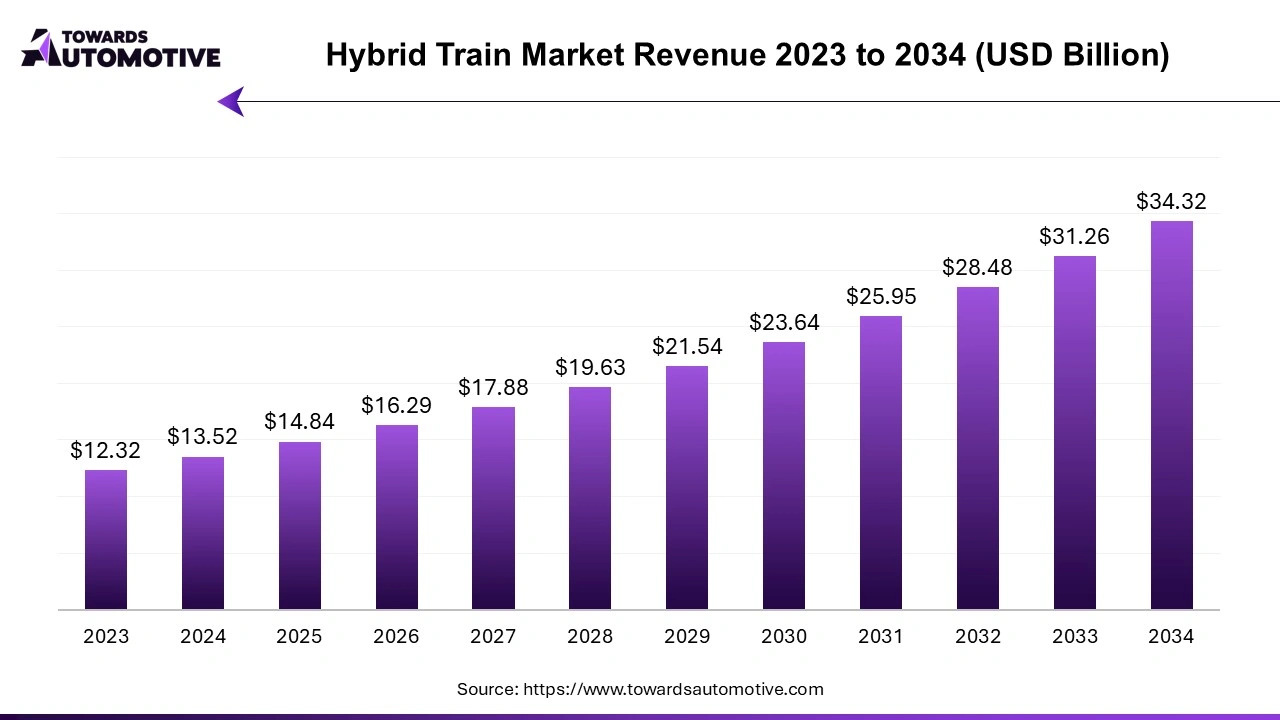
Unlock Infinite Advantages: Subscribe to Annual Membership
The hybrid train market is experiencing significant growth due to the increasing need for sustainable transportation solutions and the rising demand for energy-efficient rail systems. Hybrid trains, which combine traditional diesel engines with electric propulsion, offer a versatile and eco-friendly alternative to conventional trains, especially in regions where electrification of rail networks is not feasible. This dual power source enables hybrid trains to operate on both electrified and non-electrified tracks, making them ideal for short to medium-distance travel while reducing carbon emissions and fuel consumption.
One of the primary drivers of the hybrid train market is the global push for reducing greenhouse gas emissions and minimizing the environmental impact of transportation. Governments worldwide are implementing stringent regulations to curb emissions, leading to increased investments in greener technologies. Hybrid trains provide a viable solution by utilizing renewable energy sources and reducing reliance on fossil fuels, aligning with global sustainability goals.
Additionally, advancements in battery technology and hybrid propulsion systems are enhancing the performance and efficiency of these trains. Innovations such as regenerative braking and energy storage systems allow hybrid trains to optimize energy use, further improving their operational efficiency. This technological progress is attracting the attention of railway operators and manufacturers looking to modernize their fleets and improve service reliability.
Furthermore, the expansion of rail networks in emerging economies is creating new opportunities for hybrid train adoption. As countries invest in upgrading their transportation infrastructure, hybrid trains present a cost-effective solution for enhancing connectivity while addressing environmental concerns. The hybrid train market is poised for growth, driven by a combination of regulatory support, technological advancements, and a growing emphasis on sustainable transportation solutions, making it a crucial segment in the future of rail travel.
The role of artificial intelligence (AI) in the hybrid train market is becoming increasingly significant as the industry seeks to enhance operational efficiency, safety, and sustainability. AI-powered analytics can process data from sensors installed on hybrid trains to predict maintenance needs before failures occur. By analyzing trends and patterns in equipment performance, AI can identify potential issues, allowing operators to perform timely maintenance and reduce downtime. This proactive approach helps in minimizing operational disruptions and extending the lifespan of train components.
AI algorithms can optimize energy consumption by managing the hybrid train's power sources more efficiently. By analyzing real-time data on factors such as speed, terrain, and energy availability, AI can determine the most efficient mode of operation, switching between diesel and electric power as needed. This optimization reduces fuel consumption and emissions, aligning with sustainability goals.
AI can enhance safety protocols by monitoring train systems and detecting anomalies in real-time. Machine learning algorithms can analyze data from various sensors to identify potential hazards, enabling quick responses to avoid accidents. AI-powered systems can also assist in signaling and traffic management, ensuring safe and efficient train operations.
AI can facilitate dynamic route optimization by analyzing various factors such as weather conditions, passenger demand, and track availability. This capability allows hybrid trains to adjust their routes and schedules in real-time, improving efficiency and reducing travel times.
AI technologies can enhance the passenger experience by providing personalized services, such as real-time updates on travel conditions, seat reservations, and onboard amenities. AI-powered chatbots and virtual assistants can also assist passengers with inquiries, improving customer service.
Rising awareness of the need to reduce CO2 emissions is a significant driver of growth in the hybrid train market, as stakeholders increasingly recognize the environmental impact of traditional transportation methods. With global climate change becoming a pressing concern, governments, businesses, and the public are demanding cleaner, more sustainable alternatives to conventional diesel-powered trains. Hybrid trains, which utilize a combination of diesel engines and electric propulsion, offer a compelling solution by significantly lowering greenhouse gas emissions compared to their purely diesel counterparts. This dual energy source allows for the flexibility of operating on both electrified and non-electrified tracks, making hybrid trains particularly attractive for regions with limited electrification.
Governments worldwide are responding to this growing environmental consciousness by implementing stringent regulations aimed at reducing emissions from the transportation sector. Incentives, such as subsidies and tax breaks for adopting greener technologies, further encourage railway operators to transition to hybrid train systems. As a result, many railway companies are investing in hybrid train technology to align with national and international sustainability goals, ensuring compliance with evolving regulations.
Furthermore, public awareness campaigns and advocacy for cleaner transportation options are fostering a cultural shift toward environmentally friendly travel. As consumers become more eco-conscious, they are increasingly favoring modes of transport that demonstrate a commitment to sustainability. This shift in consumer behavior is pressuring rail operators to adopt greener technologies, such as hybrid trains, to meet passenger expectations.
In addition to regulatory and consumer pressures, the advancement of hybrid technology itself has made it more accessible and cost-effective for railway operators. With ongoing innovations that improve efficiency and performance, hybrid trains are poised to play a vital role in achieving emission reduction targets. Collectively, these factors contribute to the robust growth of the hybrid train market, underscoring the critical role of sustainability in shaping the future of transportation.
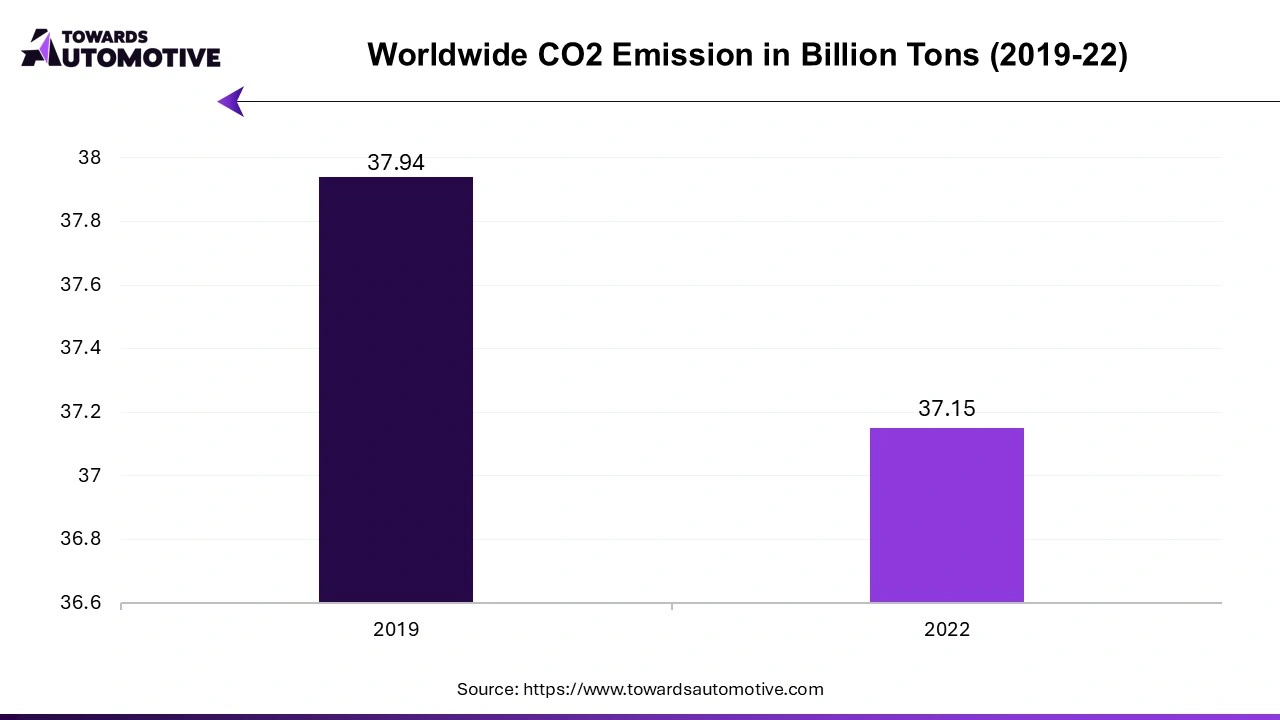
The hybrid train market faces several restraints that could hinder its growth. One significant challenge is the high initial capital investment required for hybrid train systems, which can deter railway operators, especially in regions with budget constraints. Additionally, the limited availability of infrastructure, such as charging stations for electric operation, poses logistical difficulties in implementing hybrid technology. There is also competition from fully electrified trains, which can offer lower operating costs and higher efficiencies in regions with established electric rail networks. Lastly, the slower adoption of hybrid technology in certain markets can limit its widespread implementation and development.
Advancements in battery technology are creating significant opportunities in the hybrid train market by enhancing performance, efficiency, and operational versatility. As battery technologies, particularly lithium-ion and emerging solid-state batteries, continue to evolve, hybrid trains can benefit from improved energy density, longer lifespan, and faster charging capabilities. These innovations enable hybrid trains to operate more efficiently, providing greater ranges and reducing the frequency of charging stops, making them more viable for various routes, including those with limited electrification.
Moreover, advancements in energy management systems that utilize AI and IoT can optimize battery usage, enabling hybrid trains to seamlessly switch between diesel and electric power based on operational needs. This capability not only enhances energy efficiency but also reduces fuel consumption and greenhouse gas emissions, aligning with global sustainability goals. As manufacturers develop lighter and more efficient batteries, hybrid trains can achieve better performance, including increased acceleration and faster speeds.
In addition, the increasing emphasis on sustainable transportation solutions, supported by government initiatives and funding for greener technologies, encourages railway operators to invest in hybrid systems equipped with advanced battery technologies. Collectively, these factors present a robust opportunity for growth and innovation within the hybrid train market, facilitating a transition towards cleaner, more efficient rail transportation.
The electro-diesel segment held the largest share of the market. The electro-diesel segment is a key driver of growth in the hybrid train market, primarily due to its ability to offer flexibility and efficiency in rail operations. Electro-diesel trains combine traditional diesel engines with electric propulsion systems, allowing them to operate on both electrified and non-electrified tracks. This dual capability is particularly advantageous in regions where full electrification is not feasible or economically viable, enabling railway operators to maintain service continuity and expand their network without the significant investment required for complete electrification.
Moreover, the electro-diesel segment significantly contributes to reducing greenhouse gas emissions and fuel consumption compared to conventional diesel trains. By utilizing electric power when available, these hybrid systems minimize reliance on fossil fuels, aligning with global sustainability goals and regulatory pressures to lower emissions. The electro-diesel trains also benefit from advancements in energy management systems, allowing for optimized fuel efficiency and smoother transitions between power sources.
Furthermore, as governments and organizations increasingly prioritize sustainable transportation solutions, the demand for electro-diesel hybrid trains is expected to rise. This growing interest is supported by incentives and funding aimed at promoting greener technologies within the rail sector. Consequently, the electro-diesel segment plays a vital role in driving the overall growth of the hybrid train market, paving the way for a more sustainable future in rail transportation.
The above 200 km/h segment led the industry. The above 200 km/h segment is a significant growth driver in the hybrid train market, primarily due to the increasing demand for high-speed rail services that combine efficiency with reduced environmental impact. Hybrid trains capable of operating at speeds exceeding 200 km/h offer a compelling solution for regions seeking to enhance their rail networks while minimizing carbon emissions. These trains utilize advanced hybrid technology that integrates powerful electric and diesel systems, allowing them to achieve high speeds while optimizing energy consumption.
As countries invest in upgrading their rail infrastructure to accommodate high-speed travel, hybrid trains can effectively fill the gap in areas where full electrification may be impractical or prohibitively expensive. The capability to switch between electric and diesel modes ensures flexibility and operational continuity across diverse rail networks. Furthermore, advancements in aerodynamics, lightweight materials, and energy management systems enhance the performance of high-speed hybrid trains, making them increasingly attractive to both operators and passengers.
The growing emphasis on sustainable transportation solutions, coupled with government initiatives supporting the development of efficient rail systems, further fuels the demand for high-speed hybrid trains. Consequently, the above 200 km/h segment is poised to play a crucial role in the expansion of the hybrid train market, driving innovation and investment in the sector.
The passenger segment dominated the industry. The passenger segment is a significant driver of growth in the hybrid train market, largely due to the rising demand for efficient and environmentally friendly transportation solutions. As urbanization accelerates and populations increase, cities are seeking innovative ways to alleviate congestion and reduce carbon emissions. Hybrid trains offer an appealing alternative for passenger transport by combining the benefits of electric and diesel propulsion, providing flexibility in operations and the ability to run on both electrified and non-electrified tracks.
In many regions, the push for sustainable transit options is accompanied by government initiatives aimed at reducing the environmental impact of transportation. Hybrid trains, which produce lower emissions compared to traditional diesel trains, align perfectly with these objectives, making them attractive to both operators and passengers. Moreover, advancements in hybrid technology, such as improved energy management systems and lightweight materials, enhance the overall passenger experience by providing faster, quieter, and more reliable services.
Additionally, the increasing focus on commuter convenience and comfort has led rail operators to invest in modernized hybrid trains that offer amenities tailored to passenger needs. This growing emphasis on passenger-centric services further boosts the hybrid train market, driving innovation and encouraging railway companies to adopt greener technologies in their fleets.
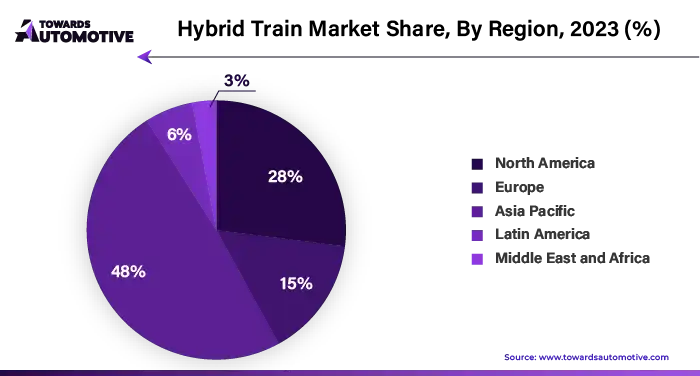
Europe dominated the hybrid train market. Government regulations and environmental goals are crucial drivers of growth in the hybrid train market in Europe, as many countries aim to reduce greenhouse gas emissions and transition towards more sustainable transportation systems. The European Union's stringent emissions targets and the Green Deal significantly influence railway operators to adopt cleaner technologies, such as hybrid trains, which can operate on both electrified and non-electrified tracks, thus providing operational flexibility while minimizing environmental impact.
Additionally, substantial investments in rail infrastructure modernization, including electrification projects and upgrading existing networks, enhance the viability and appeal of hybrid trains. These upgrades facilitate the seamless integration of hybrid systems into the broader rail network, allowing for more efficient and eco-friendly services.
Furthermore, the increasing demand for public transport solutions, driven by rising urbanization and population density, further supports the growth of the hybrid train market. As cities strive to alleviate congestion and improve air quality, hybrid trains present a reliable and efficient alternative for commuters.
Asia Pacific is expected to grow with the highest CAGR during the forecast period. Urbanization and population growth in the Asia-Pacific (APAC) region are significant drivers of growth in the hybrid train market. As cities expand and populations increase, the demand for efficient and reliable public transportation systems intensifies. Hybrid trains, which offer a blend of diesel and electric power, provide an effective solution to meet the rising commuter needs while addressing the challenges of traffic congestion and environmental degradation.
Additionally, the focus on energy efficiency is becoming paramount as governments and organizations strive to reduce their carbon footprints and meet sustainability targets. Hybrid trains, with their ability to switch between power sources, optimize fuel consumption and minimize emissions, align perfectly with these objectives, making them a preferred choice for rail operators.
Moreover, technological advancements play a crucial role in enhancing the appeal of hybrid trains in APAC. Innovations in battery technology, energy management systems, and hybrid propulsion are improving the overall performance and reliability of these trains, making them increasingly attractive to both operators and passengers. As governments support initiatives aimed at modernizing rail infrastructure and investing in greener technologies, the hybrid train market in the APAC region is poised for robust growth, catering to the evolving transportation needs of its rapidly urbanizing population.
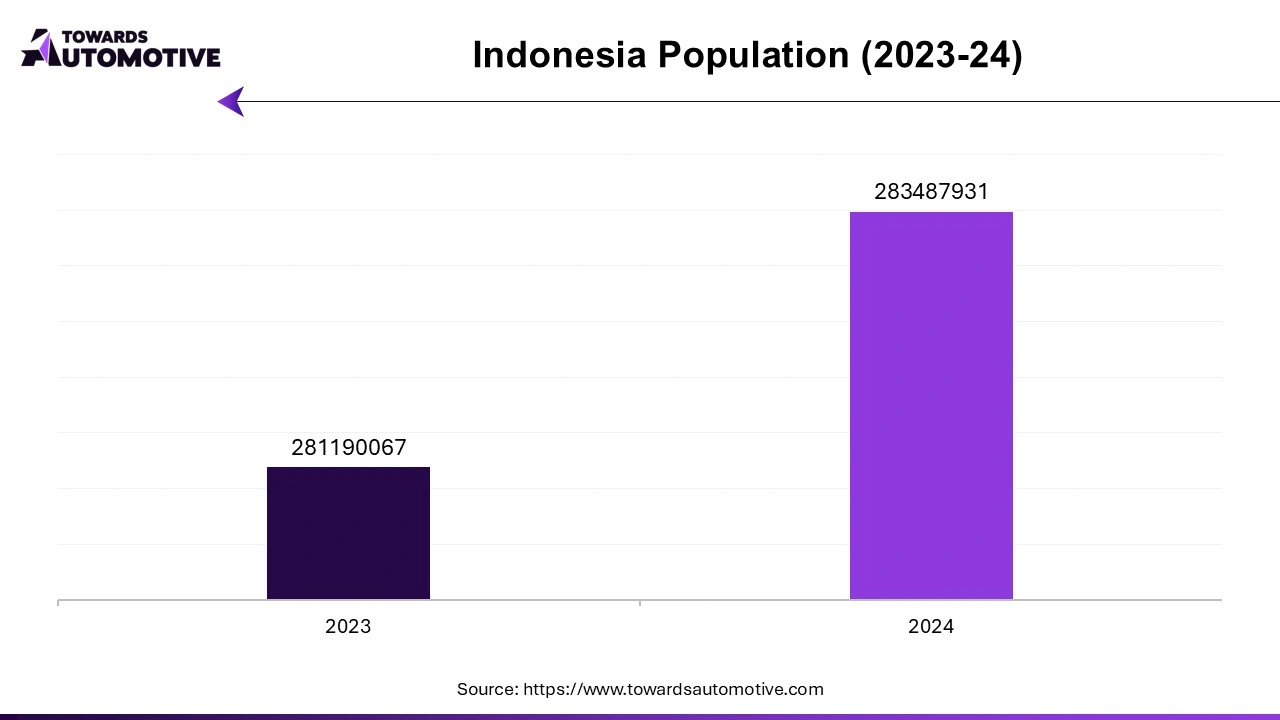
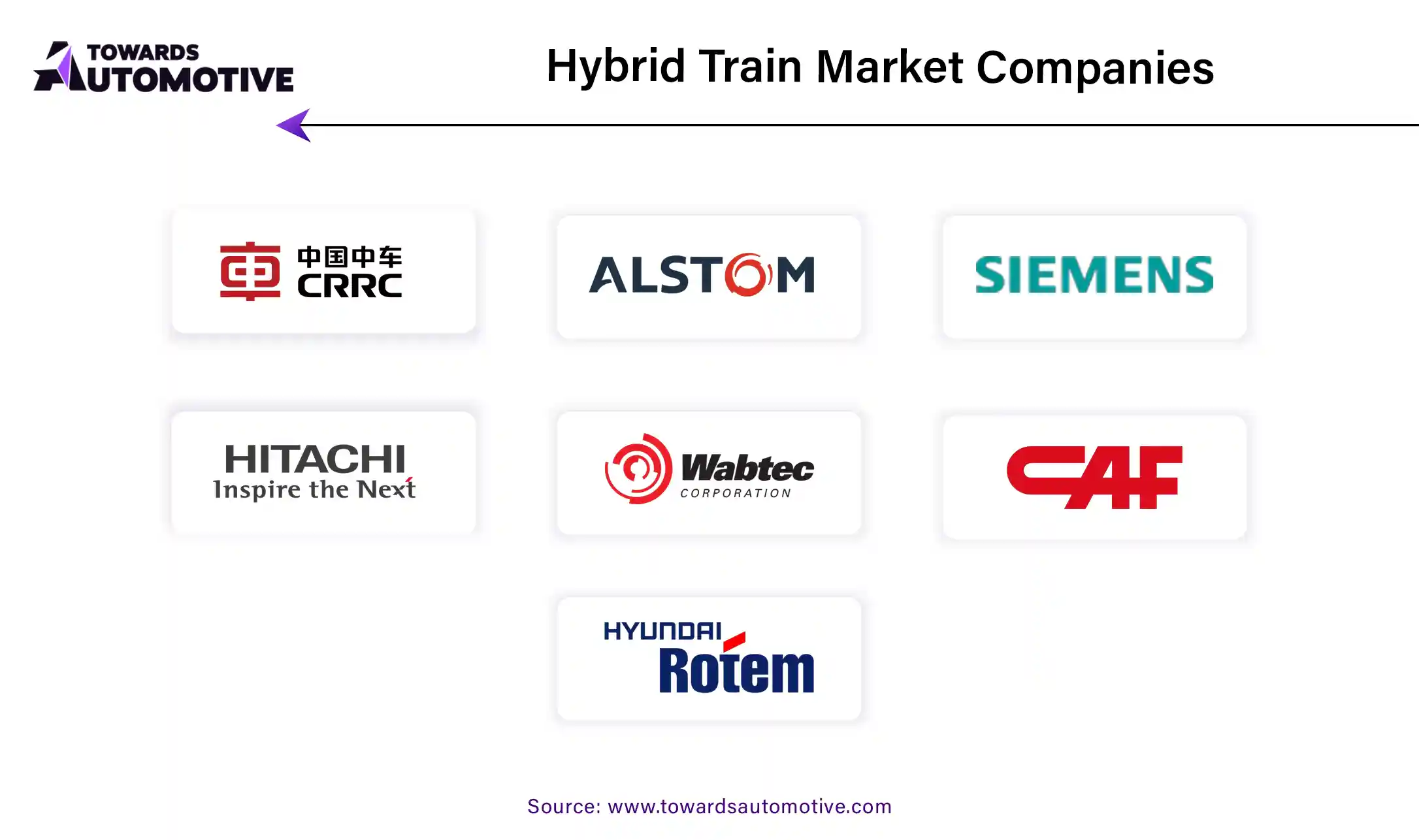
By Propulsion Type
By Speed
By Application
By Region
April 2025
April 2025
March 2025
March 2025
Dr. Arjun Patel is a distinguished expert in the automotive industry, holding advanced degrees in Automotive Engineering and Mechanical Engineering. His expertise spans automotive market dynamics, technological advancements, and sustainable practices. Dr. Patel excels in conducting in depth research and analysis on market trends, consumer preferences, and the economic implications within the automotive sector. He is renowned for his insightful publications on topics such as electric vehicles, autonomous driving technologies, and the evolution of sustainable transportation solutions. Dr. Patels research contributions have significantly advanced understanding in the field, earning him recognition as a leading authority in automotive research and analysis.
We offer automotive expertise for market projections and customizable research, adaptable to diverse strategic approaches.
Contact Us